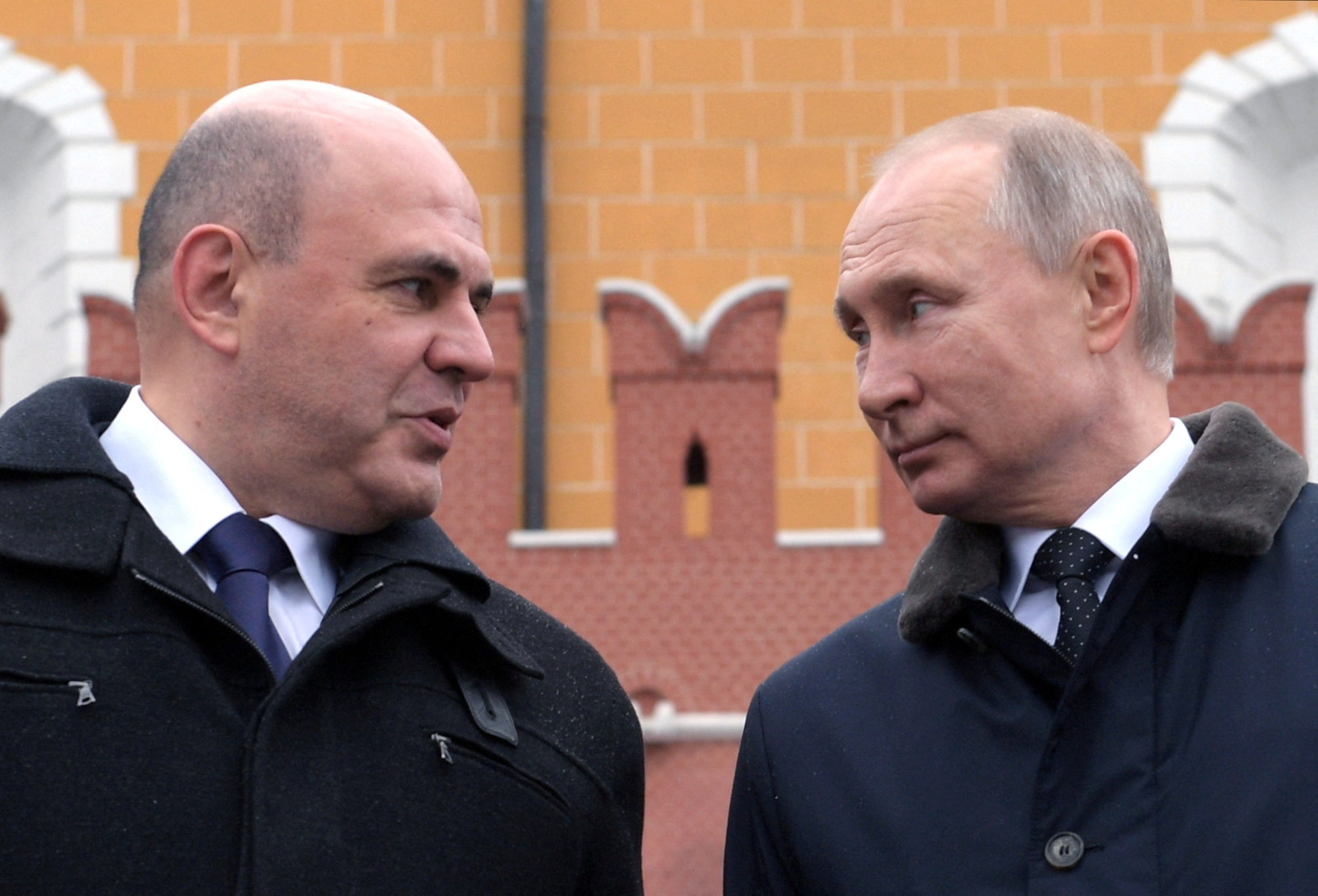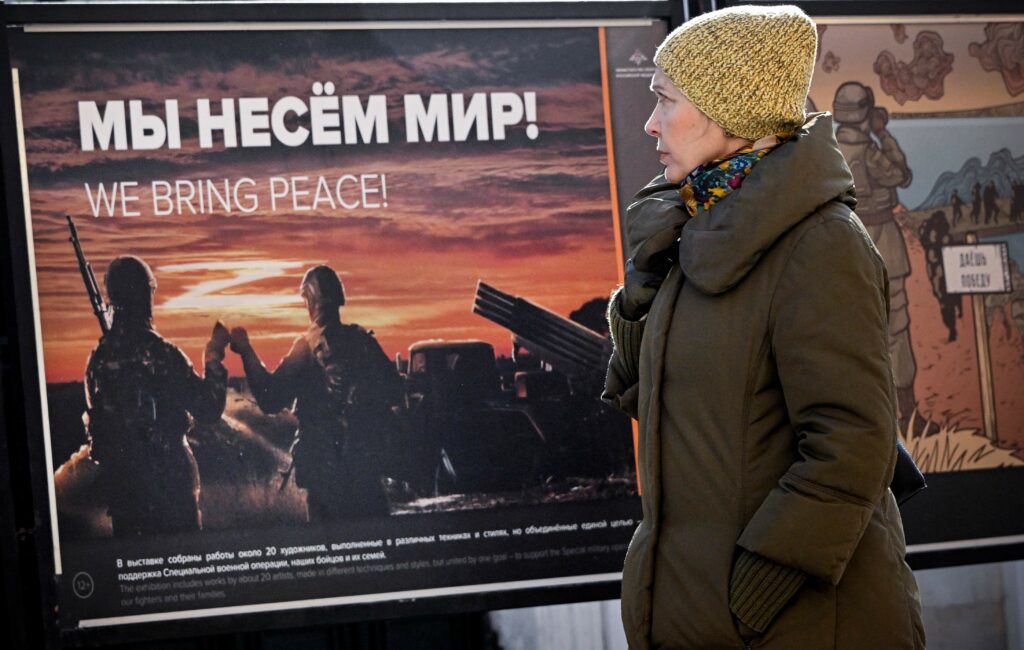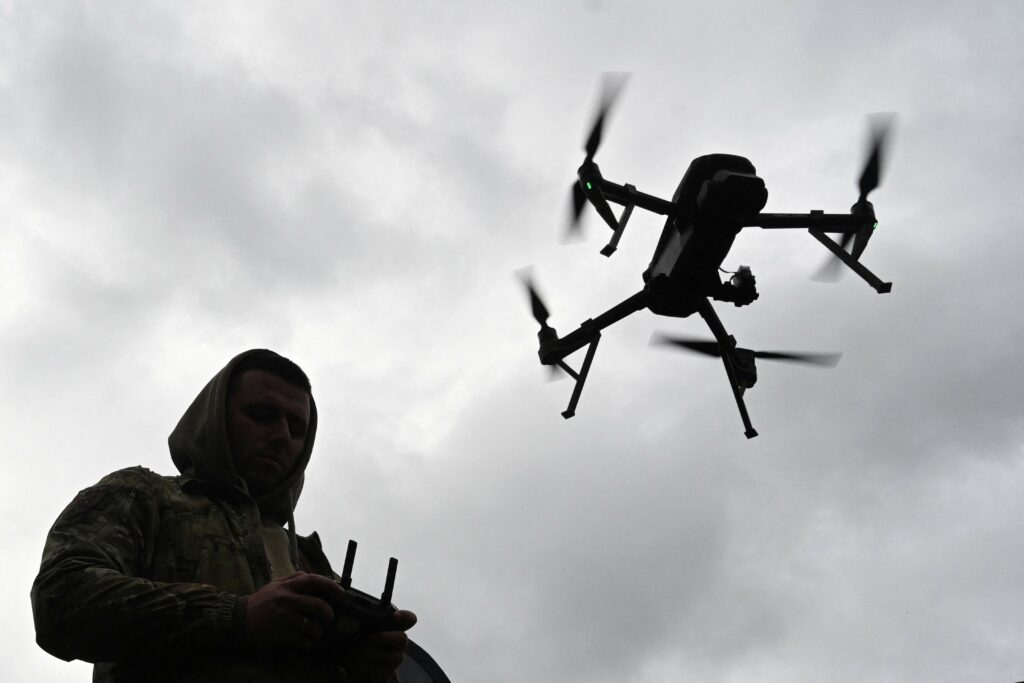On November 1, the Russian public was told by president Putin that the government’s ‘partial military mobilization’ was apparently over. (The Ministry of Defense had already said as such the day before.) Yet even if military drafting efforts are truly curtailed — at least for now — the pressure to expand the country’s economic mobilization is growing. On October 24, Putin signed a decree establishing a coordinating committee headed by prime minister Mikhail Mishustin. The committee is designed to ensure the provision of goods and services to support Russia’s military operations in Ukraine. This redoubled focus on economic intervention and management comes alongside the Russian Central Bank’s marginally improved GDP forecast for 2022: it now anticipates a contraction of just 3−3.5% and 1−4% in 2023 as the economy ‘hits bottom.’ Are these figures credible indicators? Hardly. The pace of GDP decline on an annualized basis supposedly increased to 5% in September— and no one is sure when there might be another wave of mobilisation on the horizon. So what exactly is happening and what could economic mobilization actually achieve?
Who’ll pay?
Over the last 8 months, it’s become harder to assess the true state of the Russian economy. Even so, the budget offers a useful window into the acceleration of problems linked to mobilization. July-September saw a net 20% nominal year-on-year increase in spending against a 14% nominal year-on-year decline, with annualized inflation above 13% implying real-terms cuts to non-military spending. The tax burden on businesses is rising, primarily through increased social contributions, spending on the ‘national economy’ is being cut by 800 billion rubles in 2023, and defense spending remains higher as the invasion drags on. Siluanov claims the economic spending cuts reflect projects accelerated in 2022 to ‘rationalize’ the allocation of spending on the economy. In other words, the relative drag on the economy imposed by fiscal policy will be larger for 2023−2024.
All this points to bureaucratic trickery, particularly as foreign currency assets from the National Welfare Fund used to offset deficit spending are effectively being printed into existence as rubles rather than exchanged due to financial sanctions. Recent efforts undertaken by the Duma in concert with the Ministry of Finance to establish a ‘hard’ floor for oil & gas revenues in a new budget rule at 8 trillion rubles for 2023−2025 represents a 30% increase over this year’s baseline. After 2025, it will be indexed to rise 4% annually in line with the Bank of Russia’s inflation target. The Audit Chamber and no one else can explain why the baseline is necessary. What is clear is that a wide range of tax increases on the oil, gas, and coal sector are underway in hopes of collecting up to 3 trillion additional rubles in revenue and in the short-run, debt issuance is seen as higher-risk.
These tax proposals are designed to avoid any significant increase in the tax burden for households at a time when they can least afford it. Increasing the public’s tax burden would further reduce consumption and undercut the rationale for business investment serving the Russian market. There’s a set of glaring problems this does nothing to resolve: military mobilization is already destroying consumption and cutting revenues, many domestic industries serve exporters, and the militarization of production increases costs for the state.
Unpacking Demand
Since the mobilization announcement on September 21, somewhere in the range of 700,000−1 million people (predominantly between 20−25 years old) have fled the country. IT specialists (roughly 2.5% of the employed workforce) have been particularly flighty. Prior to announcement of mobilization, estimates showed that as many as 23% of all IT specialists left the country after the invasion began. In general, those fleeing mobilization have had means to do so, which means disproportionately large hits to VAT and related tax revenues from middle and upper middle-class Russians living in cities. The loss of skilled workers is likely not yet as extreme as initial emigration data suggestions as many who have relocated abroad can work remotely. However, those individuals are not consuming goods and services in Russia and regional governments complained of specialist shortages prior to the announcement of mobilization.
The surge in emigration and conscription have led a downturn in consumer sentiment when nearly 30% of the population is living at or near the poverty line. Housing prices have broadly declined in recent months as mortgage demand has evaporated, erasing some of the wealth gains made over 2020−2021 from the mortgage subsidy scheme. Emigration and mobilization have simultaneously supercharged apartment sales, with a 20% increase in listings month-on-month between September and October. Still, the size of the average mortgage has risen faster than inflation over the last year. Home demand — and the construction sector — won’t recover without more wage growth after the current flood of panic selling eases.
Debt data similarly tells a story of greater weakness than aggregate data may indicate. Since the invasion in February, net household indebtedness has fallen slightly. In January, the average household spent 11.6% of its disposable income to service debts, a figure that fell slightly to 11.4% by July. Yet credit card issuances and operations have reached record levels and by the end of September, it’s estimated that 63% of all consumer debts were held via credit card. Some of this spending can be explained by substitution. Domestic light automobile production is down 77.4%, which would naturally reduce the appetite for autoloans (unless a buyer can afford imports). That said, a growing share of consumption is being paid by credit, leaving households more exposed to changes in monetary policy. The Bank of Russia has noted that the loss of labor across a variety of businesses and sectors is pro-inflationary, increasing the risk that it will hike rates and therefore raise credit costs.
Uncertainty over the effects of the mobilization is pervasive. The government has guaranteed that anyone mobilized can return to their job with little said about how to address adaptations for the wounded coming back from the front. Temporary work postings rose 52% in October month-on-month as employers are now forced to adapt to the potential sudden loss of employees. Businesses in regions heavily affected by conscription are scrambling to hire more women, which raises additional questions about the burden of childcare, provision of public services, and negative effects of mobilization on birth rates (and increased marriage rates for conscripts soon headed for the front). Spending requires a basic idea of what tomorrow and the day after look like. That is increasingly hard to come by. Both extractive industries, normally the strongest performers, and manufacturers are becoming more pessimistic after a brief recovery over the summer.
The Investment Problem
Only the surge in military spending this year can really explain the relative durability of output figures across the economy. But that is not sustainable. Corporate borrowing for Jan.-August fell 23.5% year-on-year to 41.7 trillion rubles. While some of this can be explained by the relative increase in interest rates, the more salient issue is the collapse of confidence in demand. Paying down debts can be a good thing, but borrowing is a leading indicator for investment. The 4% year-on-year increase in fixed investment recorded by Rosstat for Q2 was entirely driven by federal, regional, and municipal spending. Corporates saw no real growth and are now seeing the domestic market for goods and services shrink with real-terms budget cuts for services baked into the 2023−2025 budget cycle. Thus far consumer spending and imports have normalized at a notably lower level. Investment next year will be lower as well, owing to contractions in demand seen this year as investment planning cycles suffer lagged effects from recessions.
That’s a big problem for Mishustin and his economic technocrats. One big idea at present to address the shortfall in supplies for conscripts is to enlist SMEs in a broad effort to reorient existing production towards military kits and needs. Setting aside the coordination issue, the plan is to use military spending as a form of stimulus to improve the outlook for smaller businesses that have disproportionately suffered since the Covid pandemic began. Most of the support measures announced since late September have amounted to extensions of existing policies, such as ‘holidays’ from regulatory inspections, freezes on loan interest payments and rent, as well as freezes on social contributions. None of these measures actually create demand or investment, especially since many SMEs depend on larger corporations that have trimmed their spending for their own contracts. The demand they do create is entirely dependent on military spending and, by extension, wages or procurements conducted at the expense of the state instead of private companies and households. Why expand production if you don’t know how long the war will go on and whether government money will be there for you in 12 months’ time?
The Export Problem
Prior to February 2022, the Russian economy could rely on exporters to lift demand for domestic industries. Oil & gas firms generate demand for steel pipes, drilling equipment, and services, coal miners generate orders for gondola railwagons, and both generate tax receipts redistributed to state procurements. That link depends on easy access to imports, no longer as reliable a reality due to sanctions. Oil, gas, and coal production are all facing declines. The Ministry of Finance now expects a 7−8% oil output decline in 2023 to about 9.84 million barrels per day, with larger declines implied by their budget revenue expectations. There is no way Russia can offset the loss of sales volumes to European markets for year and years to come. Coal producers saw October exports down 11% year-on-year, are stuck offering discounts at or above 50% from market benchmarks, and the EU coal ban has created large backlogs on eastbound rail routes. At the same time, Russian Railways is planning to cut its 2023 investment program by 13% to 1.075 trillion rubles. These cuts are taking place after Alexei Chekunov, minister of eastern development, noted that the budget is losing 1.5−2 trillion rubles because of the system’s inability to handle the increase in eastbound exports. Fertilizer exports are expected to fall 5−15% due to difficulties delivering to European markets as well.
There is no compensatory stimulus to offset declines in extractive output, which between 2015 and February 2022 determined the relative levels of retail turnover and manufacturing activity. The production of innovative railwagons — wagons with higher-tech inputs to monitor extreme weather and capable of carrying 8 tons more cargo than older models — has virtually ceased. Less efficient wagons necessitate a larger volume to meet export demand, yet the main exporters paying for these in the first place have seen logistical costs rise dramatically and therefore slimmer margins. Energy tariffs are being hiked to help with the budget shortfall, and manufacturers are expecting energy prices to rise 9.6% next year. The huge grains harvest this year is not providing much of a lift as the resulting lower prices and limits of export capacity are now depressing demand for domestically manufactured combines.
The physical capacity to export is now also affected by labor market disruptions from conscription. Suffice it to say that exporters cannot provide a ‘safety net’ for demand as they have in past recessions, nor can they generate much economic growth due to the sanctions regime and related risks.
Re-engineering Statism
Mobilizing the economy is a challenge for the political system and existing economic and political institutions because of its implications for budgetary politics and the allocation of resources. Using reserves from the National Welfare Fund to cover deficits in the coming years makes sense to avoid greater inflation, but hurts the corporate sector. Deficits create corporate profits as borrowing creates a pool of assets that can be bought by banks to support lending and underwrite spending. That’s not clearly happening, though borrowing has increased as state banks’ reserves are also being enlisted to cover deficits. But in reality, another iteration of austerity is underway. Without greater profits, the available corporate resources to invest into production will fall, a challenge made more acute by the fact that a majority of fixed investment since 2014 has been self-funded rather than debt-financed by the private sector.
The more that the coordination committee and ministries in Moscow actively intervene to direct economic activity, the more dependent the economy will become on the federal budget and priorities. Conscripts’ wages are paid by the state and their consumption is paid by the state. Redirecting resources to military goods also diminishes the stimulus effect of spending. Bullets and weapons are exhausted on the battlefield. They do not generate as much ancillary demand outside of the industrial towns where factories are located.
Further, mobilization creates zero-sum conflicts between interest groups. Trade data shows a surge of imports of refrigerators, washing machines, and electric breast pumps into EAEU member states for the purpose of extracting semiconductors from household appliances and reexporting them to military end-users in Russia. That’s a ton of spending that could have otherwise supported consumption and quality of life improvements going given to the military. These tradeoffs become more intense the longer that productive investments face an environment in which consumption is falling or otherwise repressed. The loss of things like modern railwagons also leads to productivity losses, potentially increasing the demand for labor at a time when it’s scarce. Statism in Russia requires losers. How much the system can bear the types of losses that are increasingly possible is an open question.










